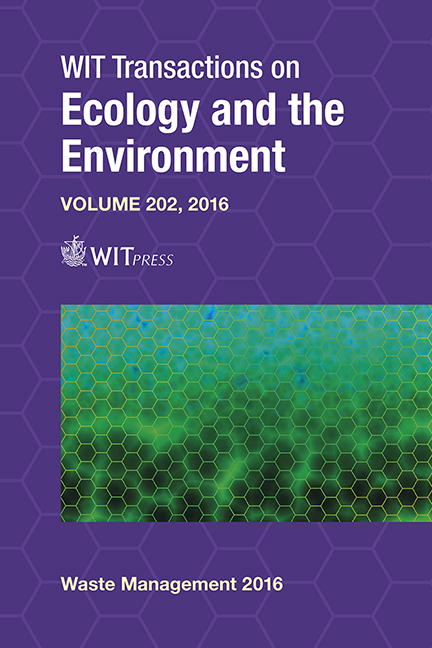Wastewater Treatment And Reuse In Alicante (Spain)
Price
Free (open access)
Transaction
Volume
202
Pages
12
Page Range
371 - 382
Published
2016
Size
496 kb
Paper DOI
10.2495/WM160331
Copyright
WIT Press
Author(s)
A. Arahuetes
Abstract
The treatment of wastewater in the province of Alicante (Spain) has experienced a positive evolution during the last few decades in that it was able to treat the volumes generated by the increasing population and adapt itself to the provisions of the CEE Directive 91/271. The implementation of the network collectors and the wastewater treatment system has meant that the province has been able to treat a total of 119 hm3, which means 2.7% of all the water treated in Spain during 2014. It has also resulted in a large number of plants being built with tertiary treatment, and even more advanced treatments that improve the quality of water with a view to future use. The increase in the quality of treated water occurs because of these improvements and aims not only to preserve the natural environment with appropriate discharges to the regulations, but also to form a model of an integrated water cycle system where reclaimed water can be returned to the system for different applications. Given the water scarcity in the area the ability to reuse this treated water is a key element in ensuring certain water demand as this new resource could be used for urban (street cleaning, watering gardens) or agricultural uses (irrigation) without having to resort to drinking water so lacking in this area. That is why this paper examines and evaluates the situation of wastewater treatment, and the later use of this reclaimed water in the province of Alicante, as this is a clear example in efficiency in the treatment and utilization of wastewater.
Keywords
wastewater, treatment, non-conventional resource, reuse, water cycle, tourism, Alicante





